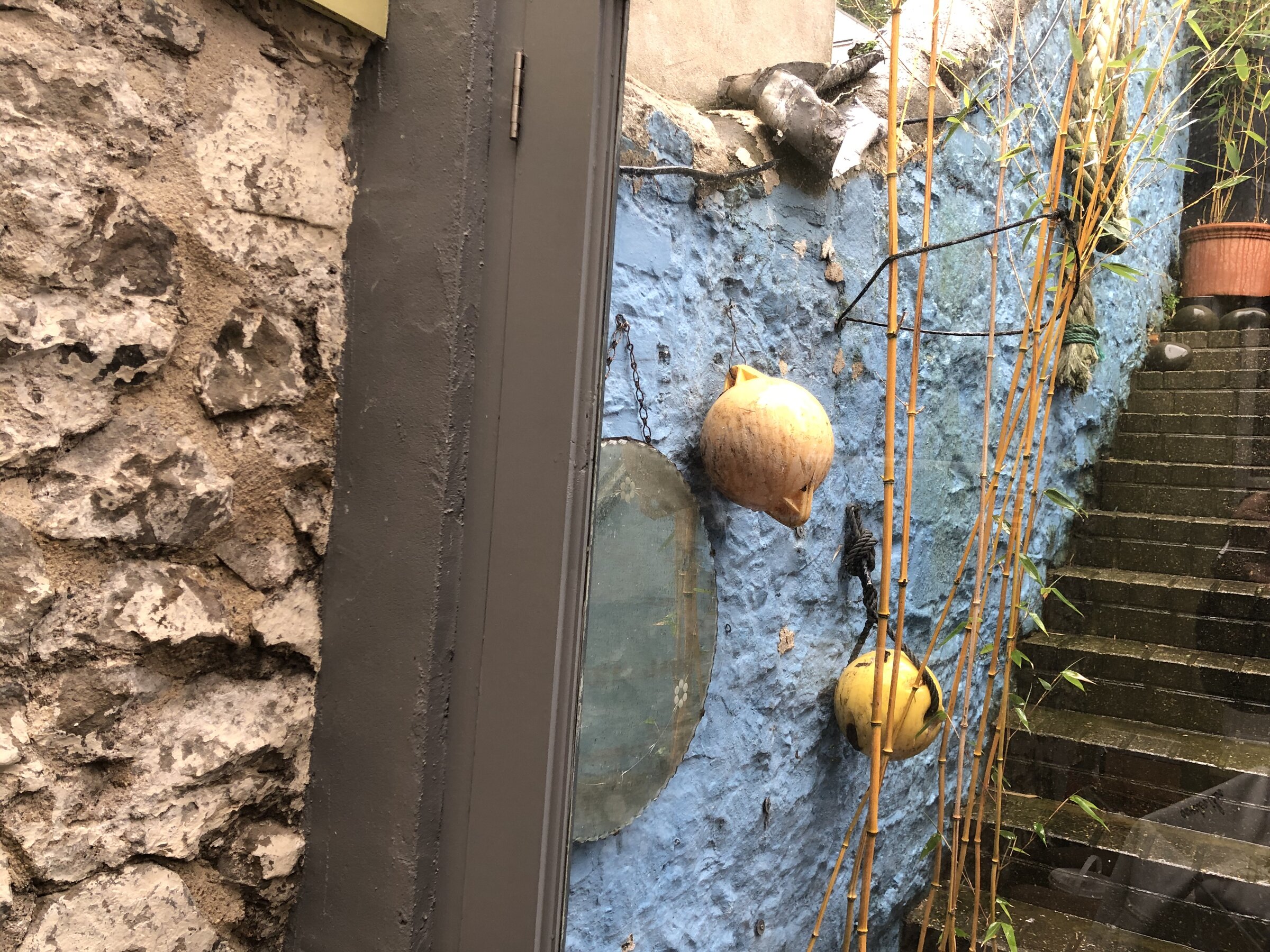- Joined
- 22 May 2016
- Messages
- 7
- Reaction score
- 0
- Country



Hello. Our Victorian terrace house is built with the garden wall continuing as the party wall for the property. Water is sucked into the interior of the house as it was built without any vertical break or damp proof course, it’s just one long wall. I removed the concrete render from the interior and have used lime mortar instead. I suspect that the (modern blue paint) painted garden wall is trapping water and I should remove that to let it breathe but wonder if there’s anything else I can do. My neighbour has a brick extension built against the other side of the wall so they are somewhat insulated from the problem I suppose.
Could I chisel out mortar to create a wobbly lined vertical joint (if that makes sense?) that I could fill with a plastic dpm and then lime render over it? Or inject with a DPM filler or rods? Could that be done outside but close to where the back wall of the house connects with the garden wall or should it be done indoors?
Any tips or comments appreciated. simon
